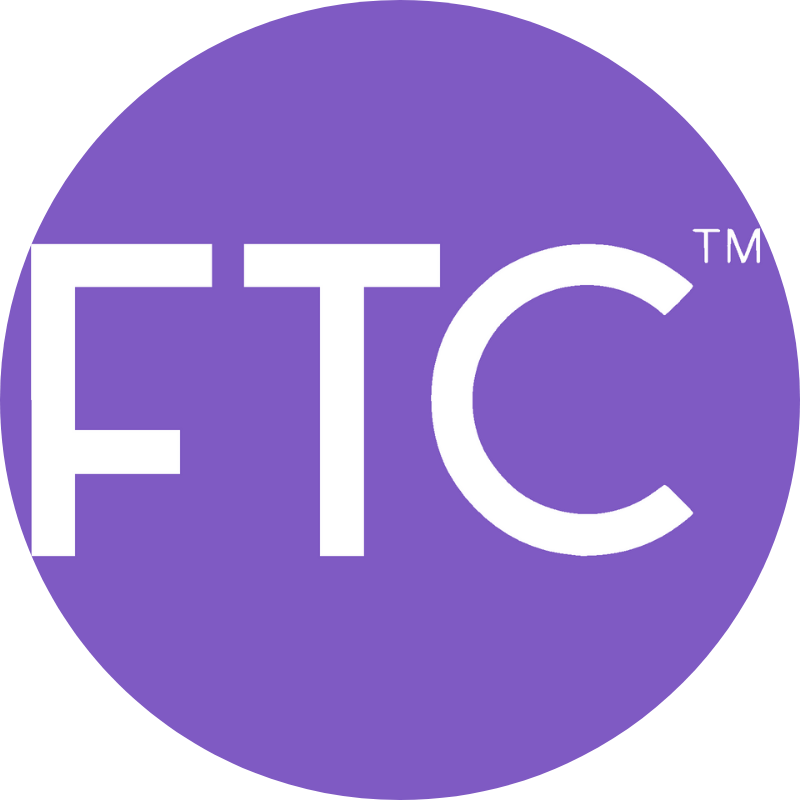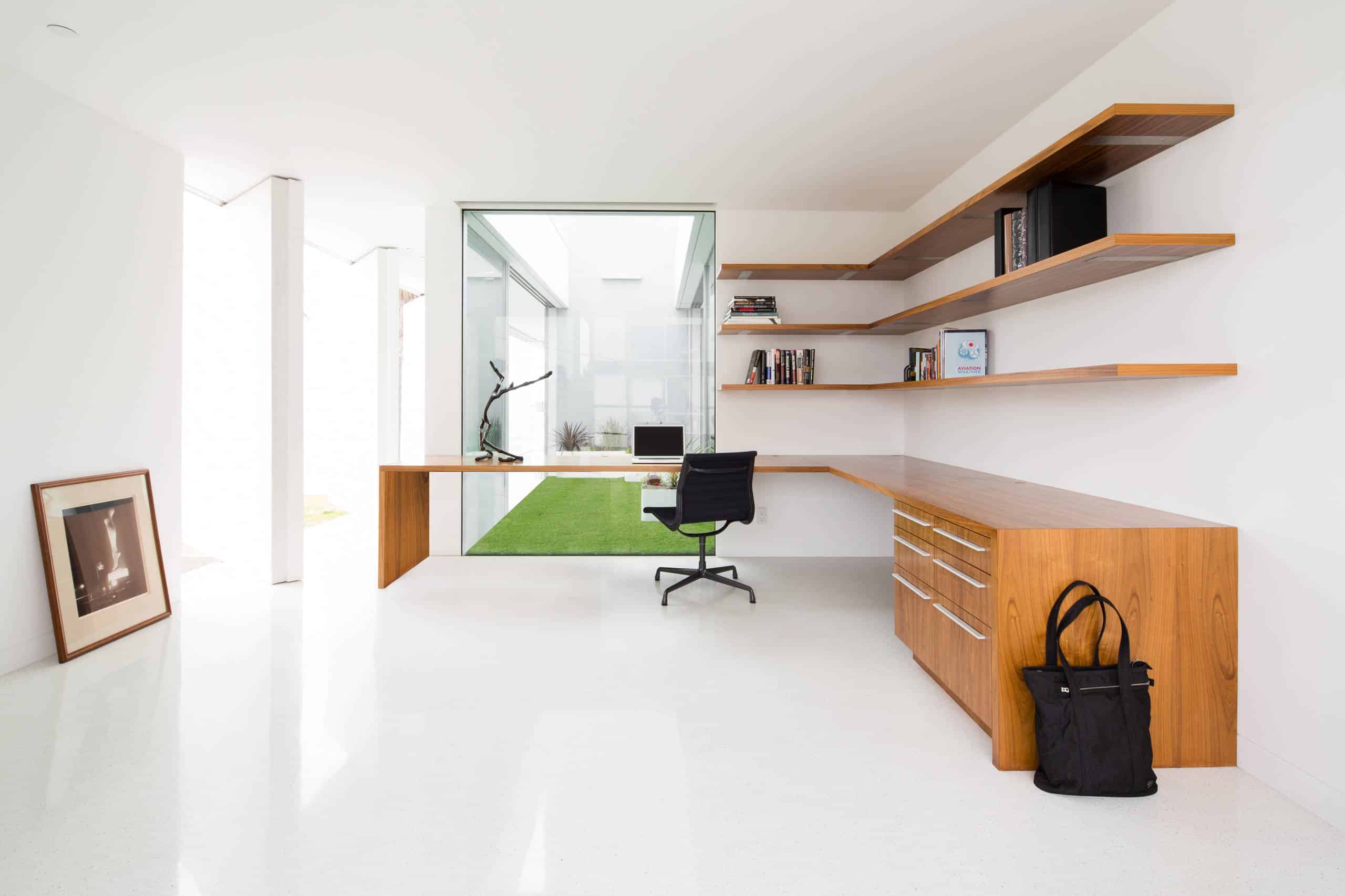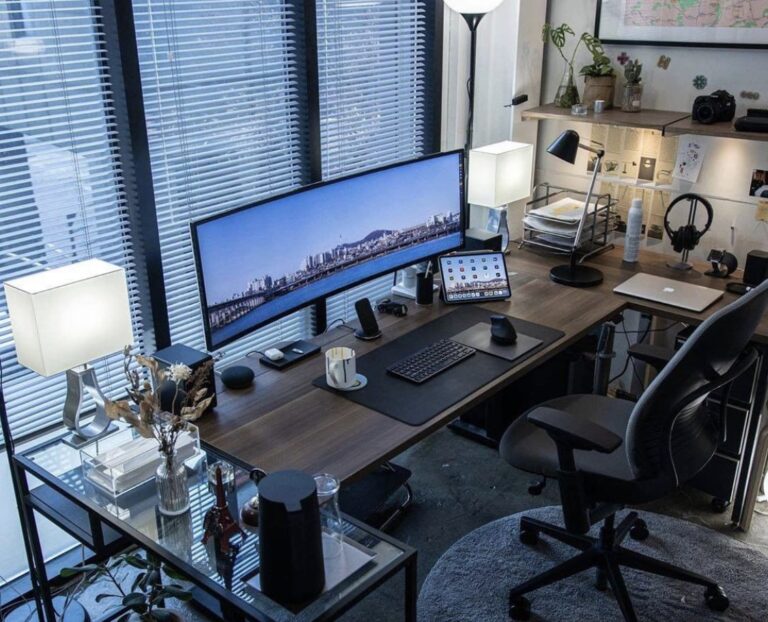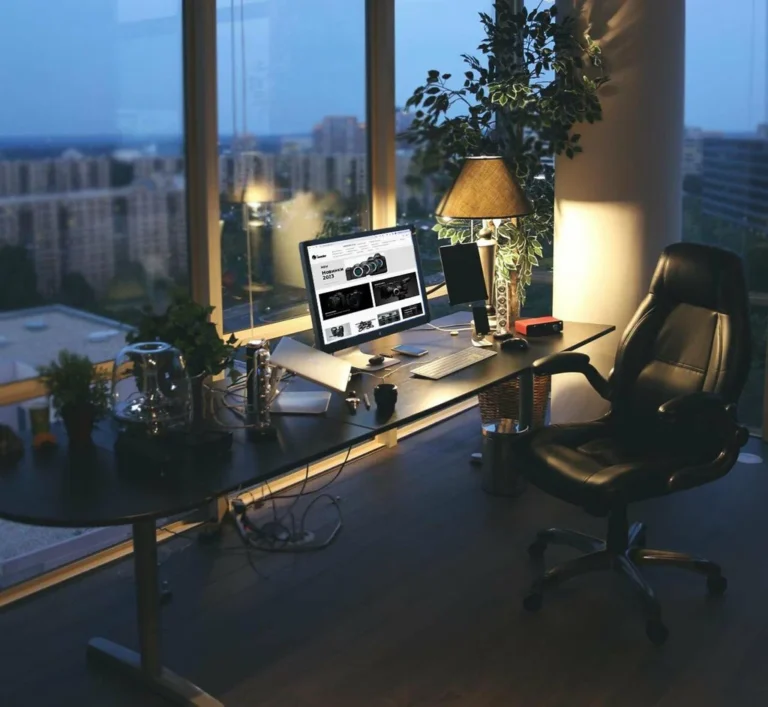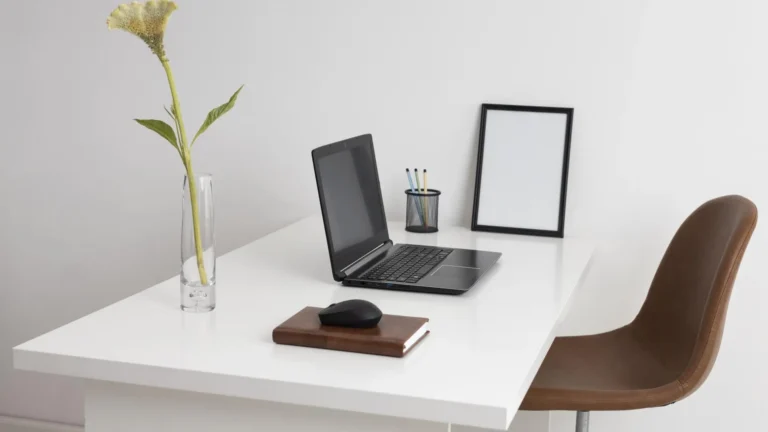Is Minimalist Office Design Right For You?
Minimalist office design is defined by a focus on simplicity and functionality. It incorporates clean lines and neutral color palettes. Minimalist offices also minimize clutter and distractions.
Effective storage solutions are key to sustaining minimalist office designs. Smart shelving and modular cabinets keep workspaces uncluttered while providing ample storage space for necessary work tools.
The Basics
Minimalism provides an excellent framework for boosting productivity and fashioning a stress-free work environment. Its calming and serene aesthetic is conducive to fostering creativity, allowing employees to think outside the box and generate fresh ideas. Minimalist office design also encourages clear communication between team members, promoting collaboration and enhancing overall productivity.
Minimalist office furniture and accessories are characterized by clean lines and simple forms. The minimalist style also emphasizes space efficiency and maximizing natural light. For example, desks are arranged in such a way that they are not obstructed by bulky furniture or obtrusive windows, and lighting fixtures are designed with simple elegance to complement the minimalist aesthetic.
Incorporating organic materials and natural elements is another way to enhance a minimalist office design. For instance, a bare wooden table, desk pad and simple flowers can add warmth to the workspace and boost morale. Minimalist offices also feature ergonomic furnishings such as desk chairs that provide proper back support and prevent posture-related problems, reducing employee discomfort and improving productivity.
The Business Benefits
Minimalism is not only aesthetically pleasing, it’s also highly effective for business. A well-organized workspace reduces distractions and promotes focus, which can lead to increased productivity and long-term employee health benefits. Additionally, minimalism is a cost-effective alternative to traditional offices that are often cluttered and lack streamlined storage solutions.
Many businesses are shifting en masse away from the confinement of cubicles and into open-plan spaces where employees can move around more freely, communicate with each other more easily, and feel less separated from their team members. A minimalist office layout can help to achieve these goals by removing excess furniture and decorations that may be cluttering the space.
The use of neutral colors throughout the space enhances minimalism’s calming aesthetic and provides a blank canvas for employees to express their creativity. Using natural light is another key aspect of minimalism because it not only brightens the office space but also promotes energy efficiency and improves employee mood. By maximizing natural light and incorporating plants, minimalism can foster an environment that inspires employees to think outside the box and generate fresh ideas.
In addition, minimalist offices can incorporate collaborative spaces that enable teams to work together and support project-based collaboration. Streamlined conference tables and seating arrangements can help to facilitate teamwork without compromising the minimalist design aesthetic.
The Aesthetics
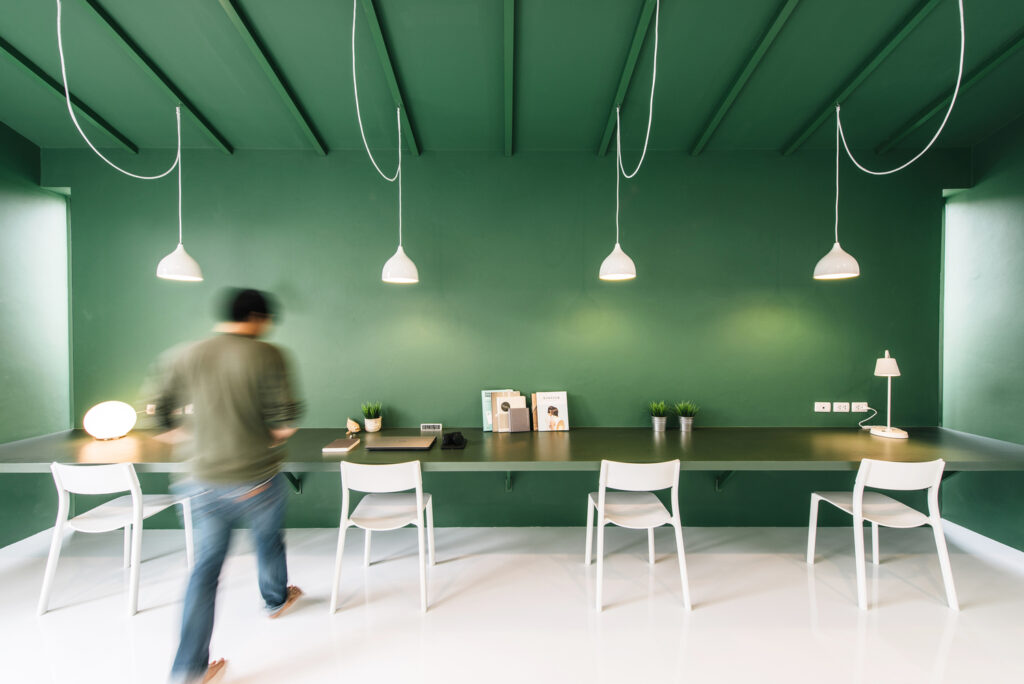
Embracing minimalism brings sleek, polished appeal to your workplace. Minimalism emphasizes structure, clean lines, and monochromatic color schemes. It eliminates unnecessary distractions and allows for clear visual pathways through the workspace. Incorporating open shelving or transparent dividers in your office design keeps the space from looking cluttered.
For those who prefer to add a touch of personalization to their minimalist workspace, adding a few carefully selected items is encouraged. A framed photo of family or friends, an inspirational quote, or a plant are great ways to bring personality and energy to your work area without compromising the minimal aesthetics.
A well-designed minimalist office attracts talent by demonstrating your company’s commitment to the employee experience. Minimalism is also a great way to showcase your firm’s progressive culture and forward-thinking approach to business.
In a world where many jobs have gone digital and a hybrid model of working in the office and remotely is common, embracing minimalist office designs may allow you to keep your current location for longer by not outgrowing it as quickly. Choosing ergonomic furniture and incorporating sufficient lighting—natural and artificial—is essential to keeping employees comfortable.
The Layout
Minimalism encourages the movement of people and ideas throughout the space. It also promotes open communication between employees. This eliminates the claustrophobic feeling of sitting in an enclosed cubicle and gives team members a sense of freedom that is beneficial to their mental health and overall productivity.
Streamlined desks and simple office chairs are ideal for minimalist spaces, and they allow more room for collaborative work. Instead of bulky furniture that obstructs lines of sight, opt for open shelving and transparent dividers that keep your space free of visual clutter. Focused lighting accentuates sleek desks and minimalist artwork, and it also highlights the clean lines of your intentional design.
The age of the cubicle is long gone. With the increased emphasis on flexible workspaces, companies are moving en masse towards open-plan areas that offer more collaboration and direct communication between team members. Minimalism works well with this transition because it offers a versatile, decluttered work environment that can be easily adapted to the dynamic needs of an evolving workplace.
Whether you are looking to attract top talent, streamline existing workstations, or create a new office from scratch, minimalism is a smart way to go. It reduces maintenance costs, makes for a cleaner environment, and enables your company to grow without outgrowing your current office space. The minimalist trend is sure to continue to grow, as it supports today’s fluid and flexible work environment.
